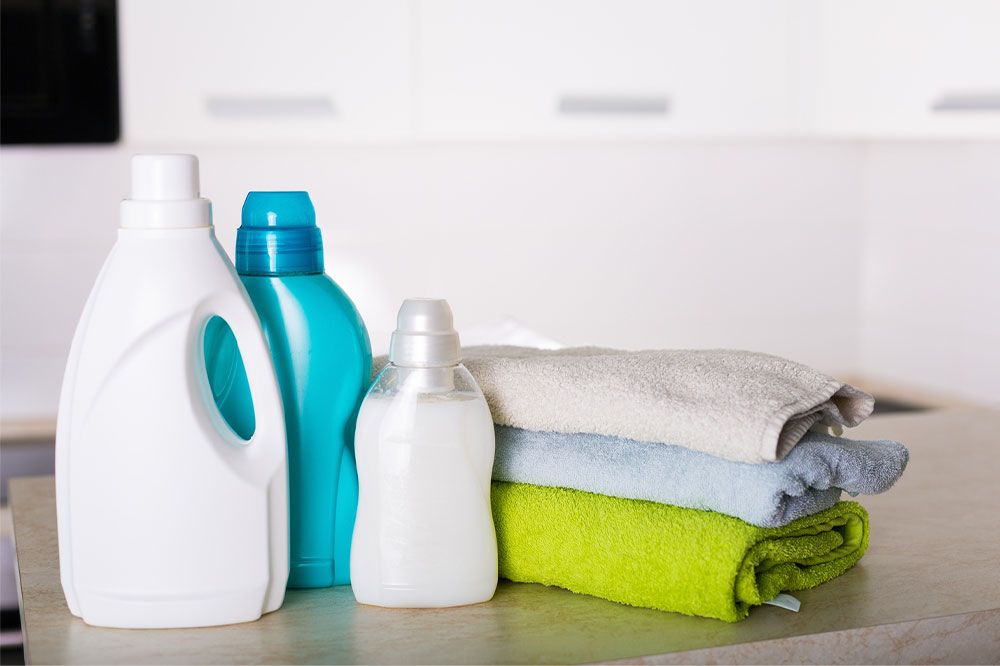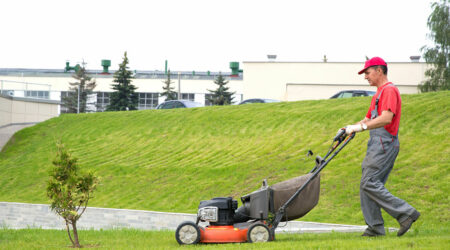
Here’s what to know about the components of laundry detergents
The types of products available can astound you if you walk around a detergent aisle in a supermarket. You may find different detergents in soaps, powders, liquids, pods, tablets, and laundry balls. You will also find organic, hypoallergenic, eco-friendly, and biological detergents. Though they all may promise to give you clean and bright clothes, knowing the difference between the products can help you choose the right one for you and your family.
Ingredients found in laundry detergents
Not all detergents are made with the same ingredients. Some brands have a secret formula that increases cleaning ability, protects color, or removes tough stains that differentiate them from their competitors. But all detergents contain some common ingredients like:
Alkalis
Alkalis are soluble salts that help in removing dirt from clothes without the need for excessive rubbing. Alkali salts of sodium and potassium can remove tough grease. Initially, detergent manufacturers used alkali from the ashes of plants. Some commonly used alkalis are
Sodium bicarbonate or baking soda
Ammonia
Borax
Trisodium phosphate (TSP)
Sodium carbonate or washing soda
Caustic soda or lye
Surfactants and anti-redeposition agents
Surfactants are the primary ingredients of detergents as they break up stains, suspend them in the water, and prevent them from attaching to the fabric again. The different types of surfactants are:
Anionic
Nonionic
Cationic
Amphoteric
Functional materials
Functional materials make white clothes even brighter, control excessive foaming, prevent microbial growth, or manage hard water.
Catalytic enzymes
Natural or chemically processed enzymes break different types of soils and stains. Commonly found enzymes are:
Amylase
Cellulase
Lipase
Mannanase
Pectinase
Protease
Fragrances
Fragrances are added to remove any moisture traces from the clothes and also to keep the clothes fresh for a long time after washing. They could be made with essential oils or by combining multiple chemical components.
Bleaches
Bleaches are whitening agents that make clothes whiter and prevent yellowing after multiple washes. Bleaches contain chemicals called peroxide.
Colorant or dyes
Dyes and colorants give out a specific finish, inhibit mold growth and add a light blue tint to make the clothing look bright under the light. Apart from these, laundry detergents also contain brighteners, phosphates, and stabilizers that prolong the detergent’s shelf life.
Difference between organic and chemical detergents
Most of the above ingredients combine hundreds of commercially manufactured chemicals, like surfactants, fragrances, and dyes. Organic and eco-friendly detergents are made with plant-based products or acids derived from animal fats. They are gentler for the skin and safe for children or adults with skin sensitivities, eczema, or allergies.
Different types of laundry detergents
Laundry detergents are available in four physical forms but may contain similar ingredients. Few of them are:
Laundry soap
Laundry soaps contain fewer ingredients and are made with oil or acid with a gentle cleaning agent, while powders and liquid detergents have more chemicals. Soaps are best suited for hand washing of clothes, specifically for delicate fabrics.
Powder
Powder detergent is one of the cheaper options, and despite other new products, it continues to remain popular as it effectively removes stains and whitens clothes.
Liquid
Liquid detergents are easy to use, more expensive than powders, and dissolve easily without leaving a residue. Liquid detergents are available in many options for different products and washers.
Pods
Laundry pods contain pre-measured, highly concentrated, liquid, or powdered ingredients packed in dissolvable biodegradable pouches. They are super convenient and can be dropped directly into the washer drum, clothes, and water. You can also find laundry balls and tablets, which are small portable detergents.
Eco-friendly detergents
Eco-friendly detergents are made with plant-based and biodegradable ingredients although they may still use some chemical derivatives. Unless it is labelled as made with 100% organic ingredients, an eco-friendly detergent may have up to 80% plant-based components and up to 20% chemical derivatives. You can find eco-friendly detergents in soap, powder, liquid or pod forms.
Hypoallergenic detergents
Since synthetic detergents are made with high amounts of chemicals, they can cause rashes, sneezes, and shortness of breath for people with sensitive skin, eczema, asthma, or allergies. Even after rinsing well, the chemicals may come into contact with your skin and cause allergic reactions. Hypoallergenic detergents do not contain harmful chemicals, dyes, fragrances, or bleaches that can cause either skin or respiratory problems. Many detergents are tested and certified by dermatologists. Always consult your doctor before choosing a suitable detergent if you or a family member are allergic to dust or other air-borne components.
Harmful chemicals in your detergent
Laundry detergents may contain chemicals that can negatively affect your health, and some chemicals may also be carcinogens. Read the labels and avoid the detergent if they have any of the following ingredients:
4-dioxane a carcinogen
Sodium Laureth Sulphate (SLS)
Bleach
Formaldehyde
Phosphates
Nonylphenol Ethoxylate
Benzene
Synthetic fragrances
Bottom line:
It is always recommended to research well before choosing the right detergent as doing so can significantly impact your clothes’ longevity.




